Nancy had another idea. She thought it would be handy to have a sink in the garden to prewash vegetables before bringing them into her kitchen. She also thought an outside sink might provide a good place to prewash me before letting me come in the house – considering my reputation for getting filthy after a day of ranch work. (Have you ever seen the Peanuts cartoon character named Pigpen?)
Anyway, for whatever reason, we picked up a used cast iron sink complete with faucets and drains for only forty bucks at a second hand store in Boise.
After loading it in the back of my pickup and nearly getting a hernia in the process I realized I would need to build a really stout stand to set it on. Stopping by Home Depot on the way home we purchased treated 4X4s and 2X4s needed to hold the weight and then proceeded to look around for materials to build a counter top able to withstand every type of weather possible. We knew that the sink would be sitting year after year under deep snow and in freezing temperatures during winter months, in driving rain storms in the springtime, and under brutal hot sun in the summer. I’ve built outside sinks before and my experience told me that if we wanted it to serve us for a long time and look half way decent in the process it would have to be durable. We thought about using a sheet of galvanized steel for the counter, but knew how hot it would get in the summer heat. I also believed that tile would eventually get water under it and cause it to crack in the winter freeze. After consulting with a nice lady in the paint department we finally went home with a quart of epoxy all weather paint which we planned on applying over a 3X5 sheet of hardy concrete board, but I knew even as I decided to take her advice that it would be temporary at best.
On the way home I had an epiphany. (I do some of my best brainstorming while driving.) I remembered how years before I had used concrete to provide a water and fireproof roof system on a generator house I had built. I recalled how it not only had lasted but looked great as well.
That evening I constructed the framework using the treated lumber we had bought, keeping in mind that it would have to support not only the heavy cast iron sink but an inch of concrete as well. The next day, which happened to be my day off, Rand Thompson came by and helped me pour the counter top and set the sink in place. As we mixed the cement (I mixed it 4 to 1) I remembered a small unlabeled bag of concrete die I had left over from some previous project. Not even knowing for sure what color it was, I added it to the mix. It turned out to be black which ended up looking really nice. Because it was windy and rainy we poured the cement top under cover in the barn.
After allowing it set up for several days I decided it was time to move it to the garden. I can’t tell you for sure how heavy it was when all was said and done, but I couldn’t budge it more than an inch or so by myself so decided to fashion a sling out of nylon rope and moved it to the garden with the bucket of the tractor. I’ll admit that I feared cracking it in the process, but everything went well. I ran the drain lines into a one inch PVC pipe that transported the reclaimed water into the garden. It is now permanently plumbed and ready for dirty vegetables or a dirty husband.


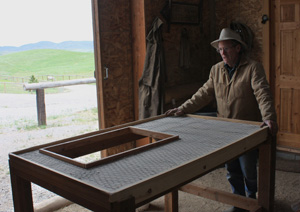
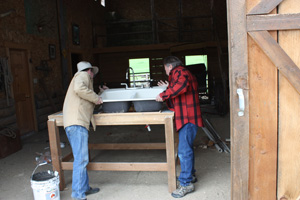

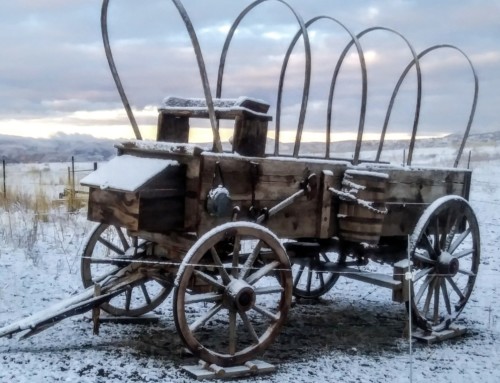
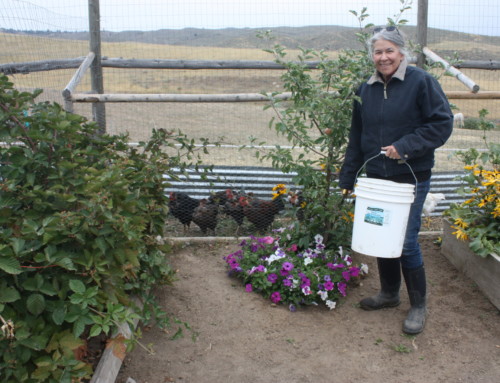
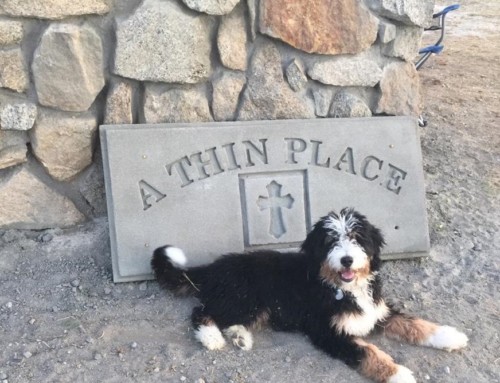
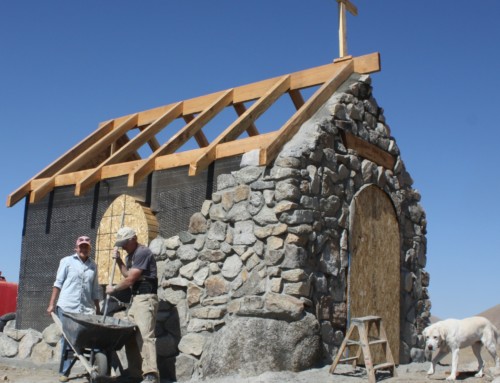
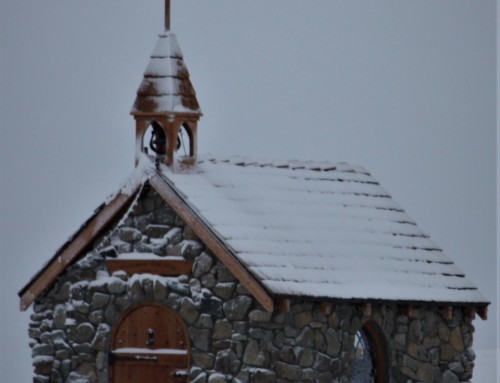
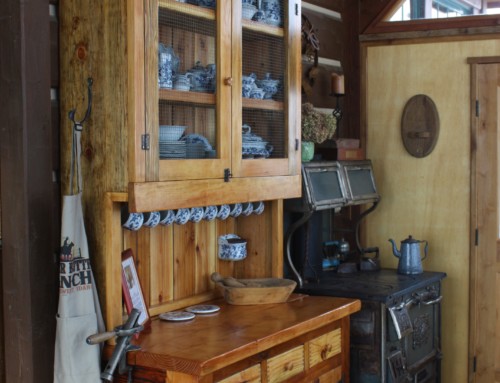
Leave A Comment
You must be logged in to post a comment.